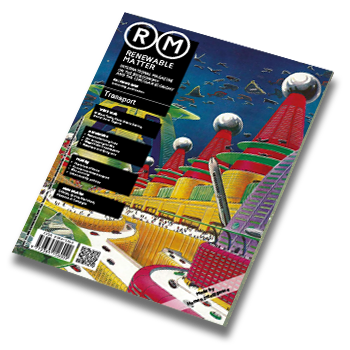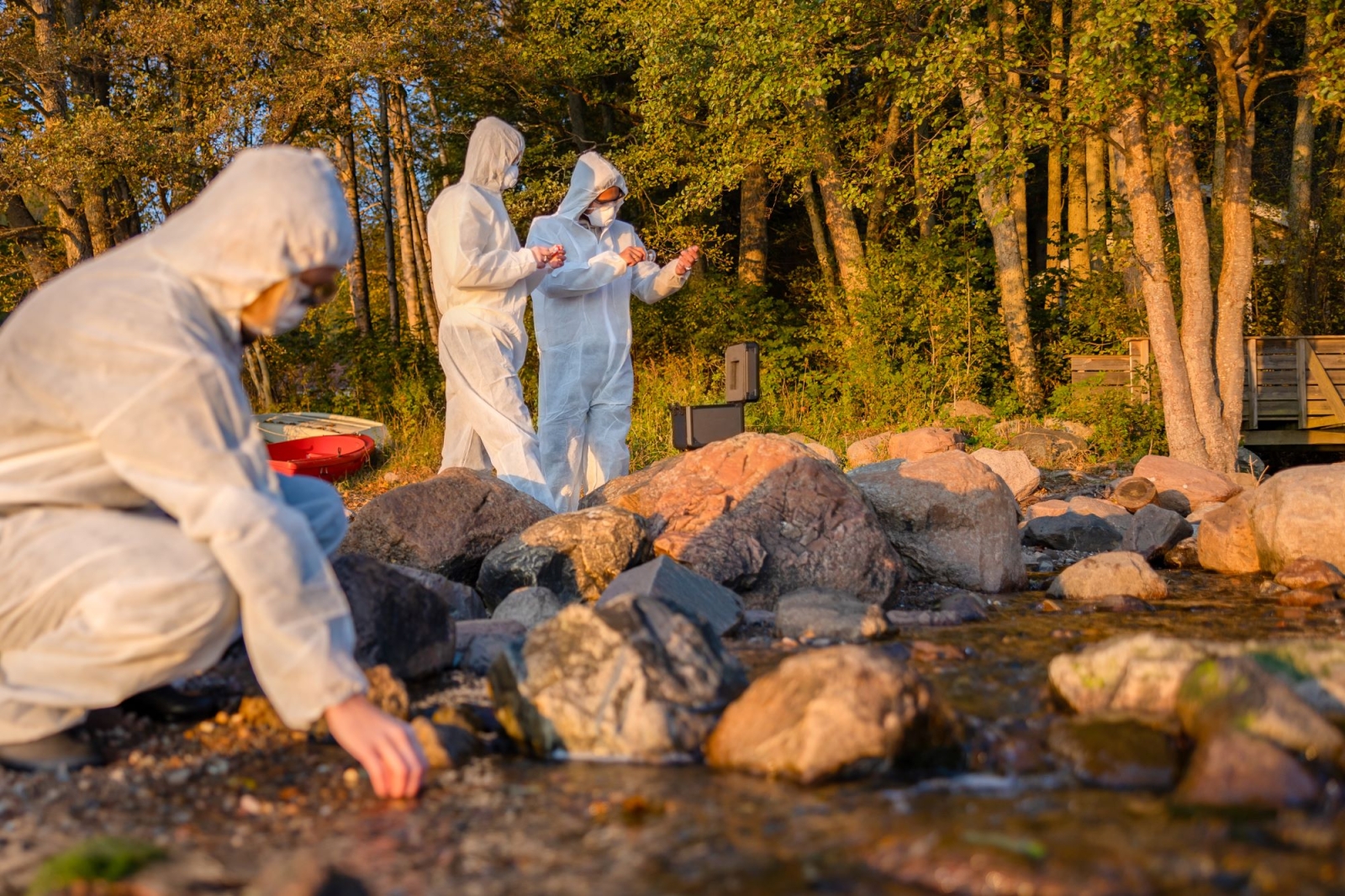An acronym standing for Per and Poly-Fluorinated Alkylated Substances, PFAS constitute a large family of chemical compounds used in a wide variety of industrial applications and consumer products. Unfortunately, some of these compounds prove to be extremely resilient. PFAS, which have been dubbed " forever chemicals," can travel long distances in the environment and along the food chain without undergoing any degradation, with increasingly clear risks to human health.
In an effort to discuss the problem, but more importantly, to seek solutions, IES Group and Erica Srl have organised a thematic session focusing on PFAS as part of the Waste Management Europe Conference 2024. "The relevance of dealing with complex and challenging waste materials has never been greater, and in 2024 we are pleased to return to Bergamo to gather together some of the world's sharpest minds to help us overcome these big problems," says Gavin Sutcliffe, Conference Manager at IES Group.
What are PFASs and where can they be found
PFAS are man-made chemical compounds and thus do not naturally exist in the environment. They have been deployed in industry and consumer products since the 1940s owing to their properties of making products impermeable to water and grease (as with paper plates, non-stick pans, and food packaging), as well as of raising the high-temperature resistance of textiles, carpets, leathers, and electronic devices.
An investigation published in early 2023, named the Forever pollution project, made possible thanks to the collaboration of journalists from 14 European states and involving especially the editorial offices of Le Monde and The Guardian, explains that in Europe there are more than 17,000 contaminated sites (i.e. with PFAS levels of 10 nanograms per litre or more) analysed between 2003 and 2023. However, the number of affected areas rises to 21,000 if those "suspected" of contamination, meaning the ones that have yet to be analysed, are also taken into account.
PFASs in the food chain: towards a One Health approach
Virtually non-degradable, besides their tendency to accumulate in the environment, PFAS are emerging pollutants that can persist in living organisms. Once PFAS reach water they can travel easily through the food chain through food, then fauna and plants, all the way to the human bloodstream.
"The toxicity of many PFAS is not yet known and more data is needed. However, in 2020 the European Food Safety Authority (EFSA) assessed the four best-known and most frequently measured PFAS in food, finding toxic effects even at very low doses, as well as widespread presence in foods consumed in Europe, especially fish, eggs, and drinking water," Alberto Mantovani, Chairman of the Scientific Committee of the PFAS Observatory - Fosan ETS, explains to Renewable Matter, highlighting how reducing health risks from PFAS requires the integrated and transdisciplinary vision of the One Health approach.
"EFSA's assessment pointed out the need to reduce PFAS intake through food; in response, the European Commission has set maximum residual limits in several foods of animal origin. PFAS, therefore, is an issue that implicates varied expertise and sensitivities, from industrial chemistry to ecology and from agriculture and animal husbandry to human and veterinary epidemiology and food law," concludes Mantovani.
The European Union's response and the need for dialogue
PFAS could be banned across the European Union as of 2026 according to a proposal put forward by Denmark, Germany, Norway, the Netherlands, and Sweden, submitted to the European Chemicals Agency (ECHA) and substantiated by studies pointing out the harmful role of PFAS on human health. The aim is to prompt industries to find alternatives to PFAS. This would involve replacing about 10,000 chemical compounds currently in use. If not, 4.4 million tons of PFAS could contaminate the environment in the next 30 years.
"There are two main objectives of this transition. The first is being open to dialogue, which is happening with the conference at Waste Management Europe," Isabella Stilo, CEO of Erica Srl, explains to Renewable Matter. Active in the management and treatment of industrial waste since 1990, Erica has been working in research and development since 2017, as well as having obtained 3 patents for PFAS Remover technology, specifically for the abatement of these pollutants in landfill leachate.
"The second goal is the sharing of information along the supply chain. If there were a better definition of quantities and composition of these substances as early as in the product sheets, it would help. There are many matrices in which PFASs are found, putting the issue not only upstream, for example in packaging, but also downstream such as in landfill leachate. However, we need to identify these matrices in order to keep them under control."
This article is also available in Italian / Questo articolo è disponibile anche in italiano
Image: Envato



